Take advantage of our inventory clear out and contact us today!
Don't delay, or you're sure to miss out.
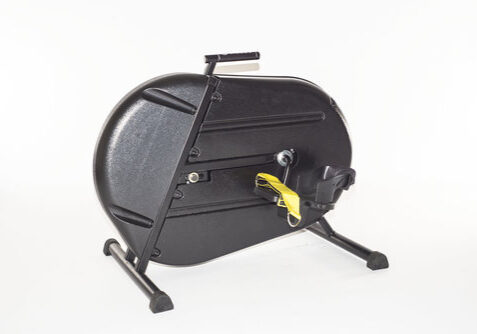
What is Viscus?
Viscus is a unique therapeutic exercise device designed by a physiotherapist, that uses momentum to create a smooth pedaling motion. It can be used in clinics, hospitals, nursing homes, long term and home care. Designed specifically for individuals who require consistent joint movement and who have medical conditions such as spasticity, weakness, arthritis, neurological disorders and have difficulty with standard pedaling devises.
It is ideal for individuals limited by injury or illness or who are unable to walk unaided. It can be used in your wheelchair, while you sit in your favourite chair, couch, or even in bed - in the clinic or in the comfort of ones own home.
The Benefits of Viscus
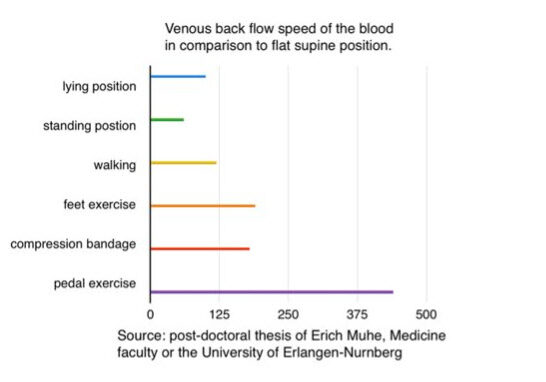
Ciculatory Benefits
Ideal for:
- Deep Vein thrombosis prophylaxis
- Peripheral vascular disease
- Edema
- Hemodyalisis
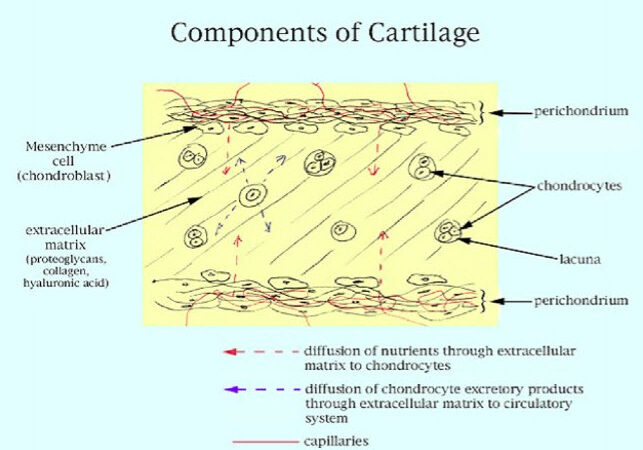
Articular Benefits
- Articular cartilage requires motion to heal and stay healthy
- Imbibition and chondroneogenesis
- Low load continuous is best
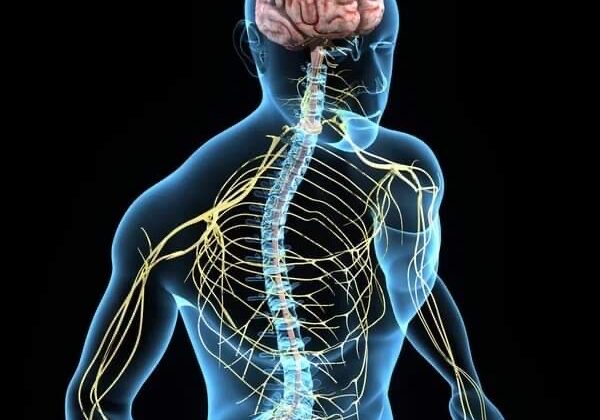
Neurological Benefits
- Stroke upper and lower extremity exerciser
- Incomplete spinal cord injuries
- Parkinson
- Multiple Sclerosis
- Dementia/Alzheimer
Excellent Exercise for Arthritis
The surface of every joint is covered by a thin layer of cartilage, which provides a slippery surface for motion and a cushion for shock absorption. Prolonged immobilization causes stiffness in the early stages, followed by the softening of the cartilage. Gentle circular movement promotes healing and regeneration of cartilage. Viscus was designed specifically to produce the optimal motion for natural lubrication in arthritic joints.
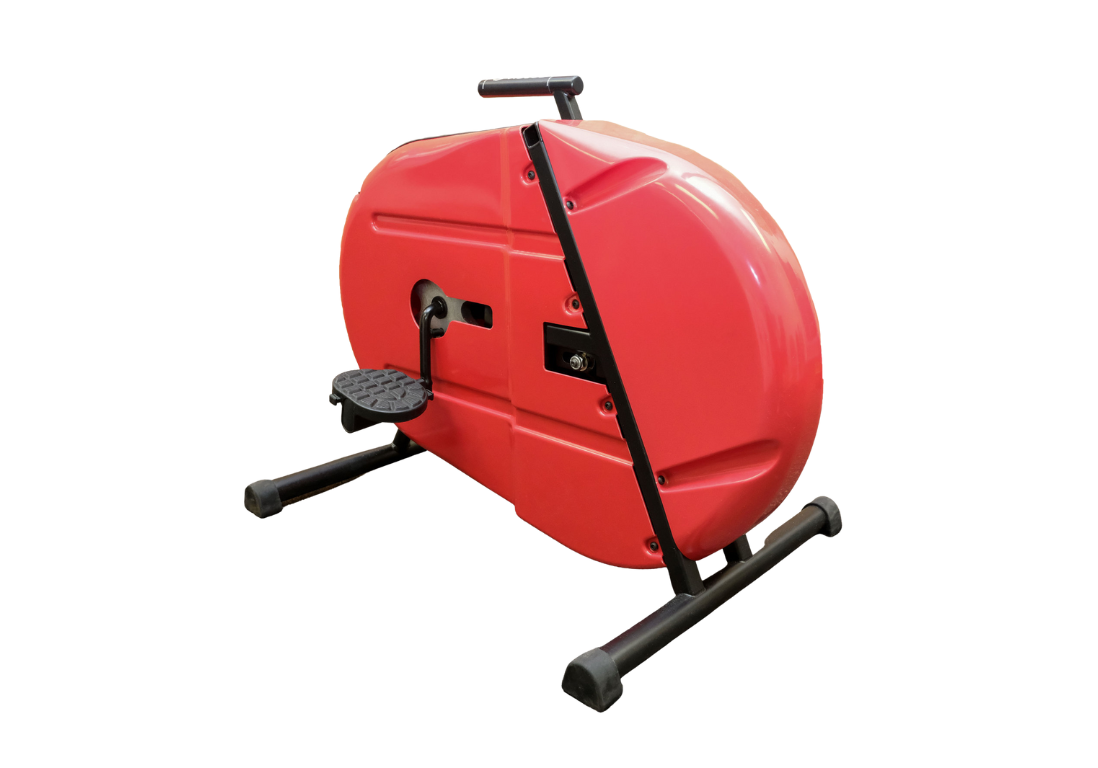
Neurological Conditions
Brain disorders such as Parkinson’s Disease, stroke, multiple sclerosis, ALS, acquired brain injury often have abnormal muscle tone, spasticity, weakness and/or loss of coordination. Certain neurological conditions can make the brain regard a body part as though it is not part of the self (neglect), causing an affected limb to be used less and less.
When the limb is moved deliberately and repeatedly as with the pedalling of Viscus, signals are sent to the brain promoting alternate neural connections. This beneficial effect is known as neuroplasticity.
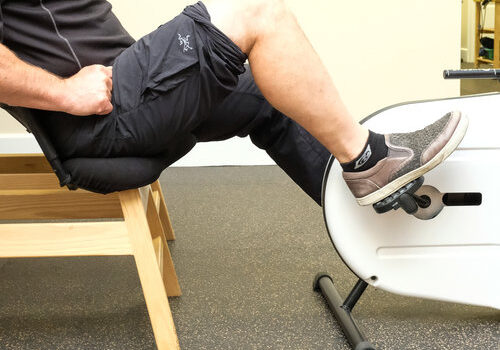
Joint Lubrication & Nutrition
Our joint surfaces are covered by a smooth white slippery cartilage. Living cartilage cells do not have a direct blood supply and rely on an exchange of fluid to get nutrients and oxygen to stay healthy and heal. Joint movement is critical for this to occur. When mobility is reduced by injury, disease or prolonged bed rest, cartilage begins to deteriorate and the arthritic process accelerates.
Viscus is specifically designed to provide gentle, low-load movement therapy with minimal exertion. This makes it easier for people who are injured or too frail to move their joints, which increases motivation to undertake prescribed exercise. It’s also important that the joints move for extended periods, making it vital that the exercise be very comfortable. Viscus requires so little exertion that users are able to pedal it hours at a time – and are happy to.
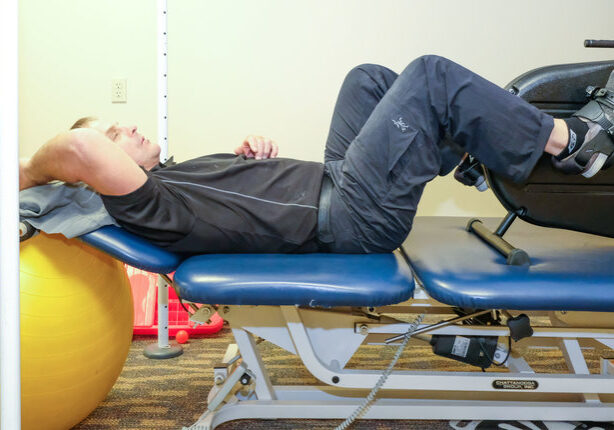
Improved Blood Flow
Veins that carry blood back to the heart rely on body movement to work optimally. People on prolonged bed rest or who sit unmoving for protracted periods experience reduced blood return, risking leg swelling (edema) and higher incidence of blood clots. Frequent sustained movement can be a challenge for people who are convalescing, so Viscus is designed to be used easily – even in bed. Gentle but extended pedalling has been clinically demonstrated to be superior to leg exercises, pressure stockings or elevation to promote blood return when lying or sitting.
Pedal Options
Viscus is equipped with 10-cm (4-inch) crank arms rather than the 18-cm (7-inch) arms usually found in other devices. This allows regular use by patients with limited knee motion who may be unable to pedal common exercise machines. Approximately 65 to 70 degrees of knee flexion is all that is required to pedal the Viscus. Patients with as little as 50 degrees of knee flexion can use the Viscus by adjusting foot position and/or distance between the apparatus and seat. (See Manual for full details)
Each type of restraint pedal offers a different level of stability. The snowboard binding delivers the most stability.
Standard Pedal
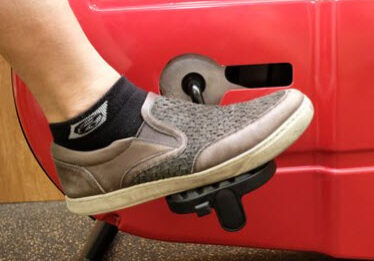
Two Strap Restraint
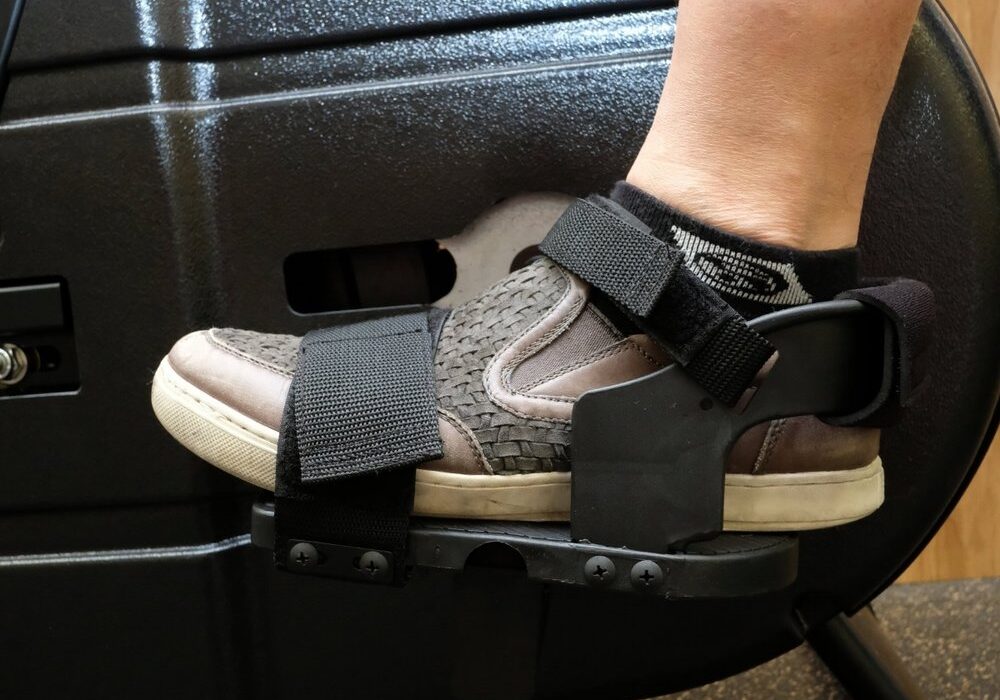
Standard Removable Strap
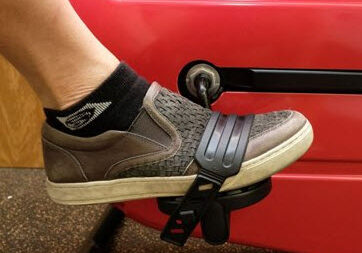
Snow Board Binding
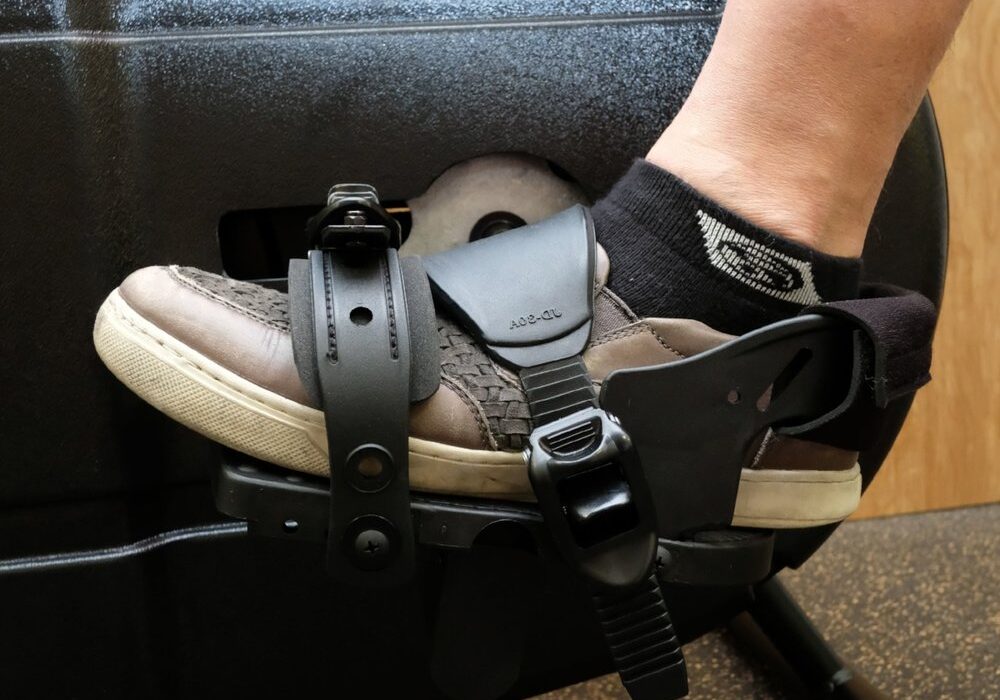
One Strap Restraint
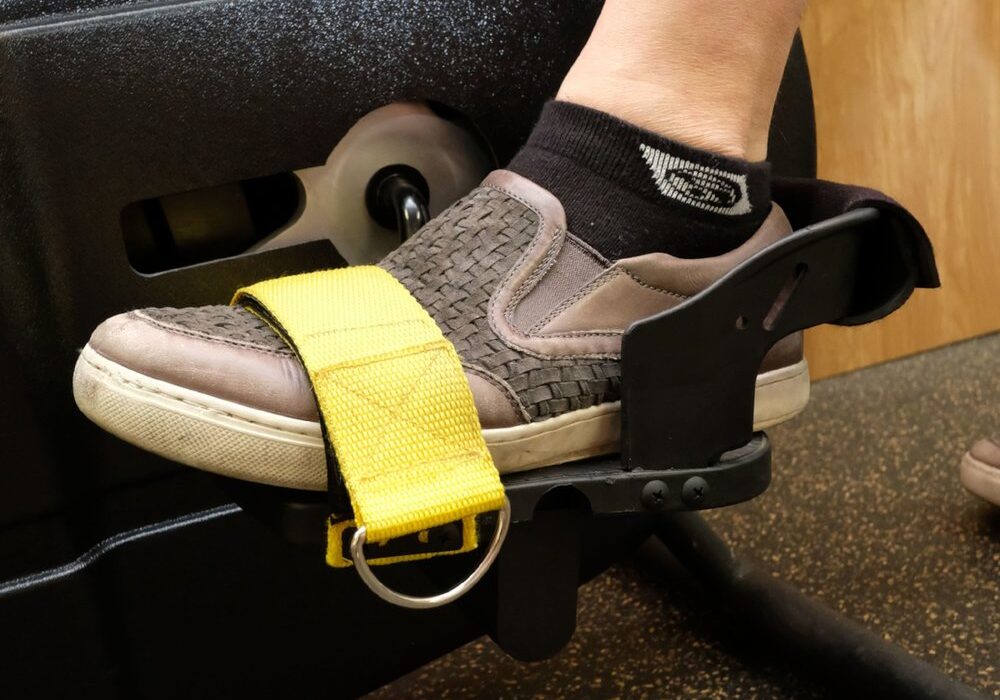
Hand Pedal
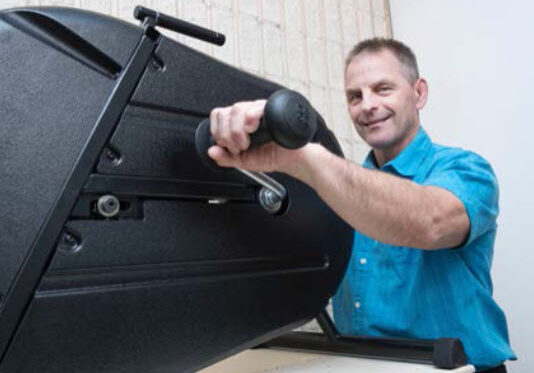
Testimonials
Don't just take our word for it, check out what these medical experts and product users have to say about Viscus.
“The Sault Area Hospital has some in every gym! Most gyms have several. We love the adapted pedals for patients with extreme lower extremity weakness. We use them with inpatient and outpatient populations. We them with patients with stroke and other neurological disorders to promote reciprocal movement and ROM. Viscus is great for patients after/during prolonged hospitalization for various reasons. We use it as a warmup or cooldown during their PT sessions. Of course it is used for TKA and other orthopedic surgeries.”
- Julie LaRocque, Sault Area Hospital

Andre Riopel
BSc PT, Dip. MT
The Viscus bike is easy to pedal. Patients do not feel fatigued even when doing up to 30 minutes of exercise. They can do this from a standard chair they find comfort in, or from their wheelchair. The pedals have a amazing heel support to stabilize the feet in place, the straps are the best for anchoring feet. It is a very sturdy machine that does not pivot or move during pedaling. The Viscus is easy to use and does not require extra assistance from our staff.

Paramasivam Kapali
Reg. Physiotherapist


